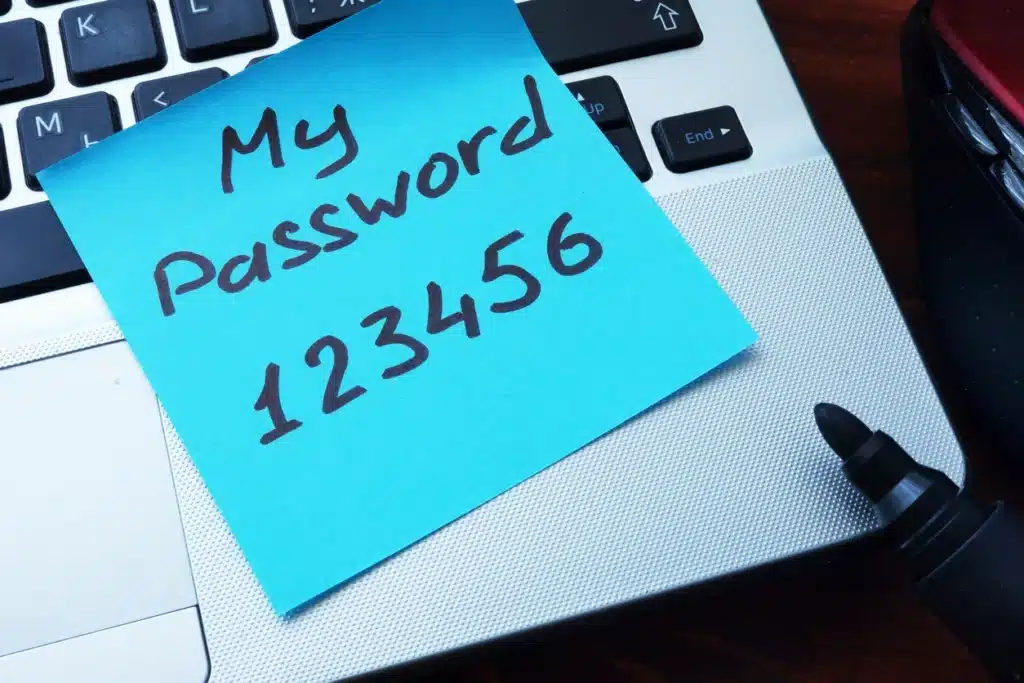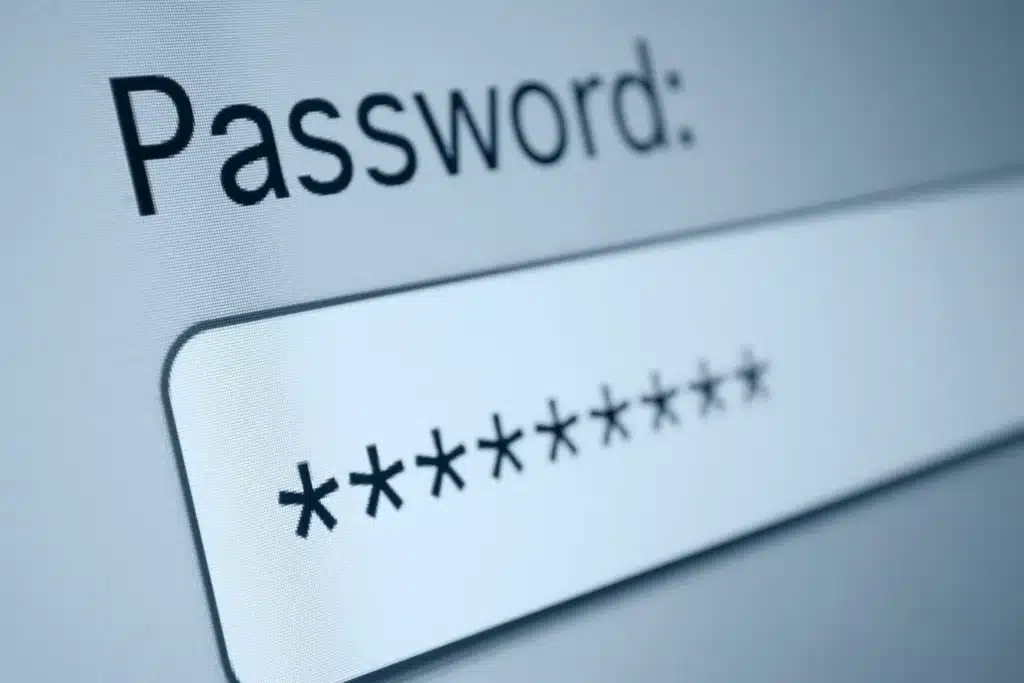Have you ever wondered how hackers manage to get into your online accounts? One common method is password cracking, which is a technique used to obtain passwords through various means. As someone who’s interested in cybersecurity, I’ve learned a lot about password cracking, and I’d like to share what I’ve learned with you.
Contents
Types of Password Cracking
In today’s digital age, we rely heavily on online accounts for everything from social media to banking. It’s more important than ever to have strong passwords to protect your personal information from being accessed by unauthorized individuals. A weak password can be easily cracked, putting your security and privacy at risk.
There are different ways to crack a password, but the most common types include brute force attacks, dictionary attacks, and hybrid attacks. Each of these methods uses different techniques to guess or obtain passwords.
1. Brute Force Attack
A brute force attack is a way of password cracking that comprises of testing every conceivable combination of texts until the right password is found. When I was studying cybersecurity in college, we learned about password-cracking software that could run through billions of password combinations per second. That’s how powerful and fast these tools can be! However, this method is also very time-consuming and may not always be successful.
2. Dictionary Attack
A dictionary attack is a sort of password cracking that involves using a list of words or phrases commonly used as passwords. These lists are known as password dictionaries. I once participated in a security competition where we had to crack a password using a dictionary attack. It was surprising how many people used simple passwords like “password123” or “qwerty” that were easy to guess.
3. Hybrid Attack
A hybrid attack combines brute force and dictionary attack methods to create a more efficient password-cracking method. The idea is to first use a dictionary attack to try the most commonly used passwords and then use a brute force attack to try variations of those passwords. It’s a more sophisticated method of password cracking, but it can also take longer to run.
Preventing Password Cracking
Now that you know the different methods used to crack passwords, it’s important to know how to prevent it from happening to you. Here are some tips I’ve known over the years:
- Make a strong password: utilize a combination of upper and lowercase letters, numbers, and symbols.
- Regularly update your password: Change your password at least once every six months.
- Employ two-factor authentication: This counts as an additional layer of protection by demanding a second form of identification in addition to your password.
- Use a password manager: This can generate and store strong passwords for you, so you don’t have to remember them all.
In conclusion, password cracking is a serious issue that can put your personal information at risk. By understanding the different methods used to crack passwords and by taking steps to prevent it from happening, you can protect yourself and your online accounts. Remember to always use strong, unique passwords and to update them regularly. And most importantly, stay vigilant and stay safe!



